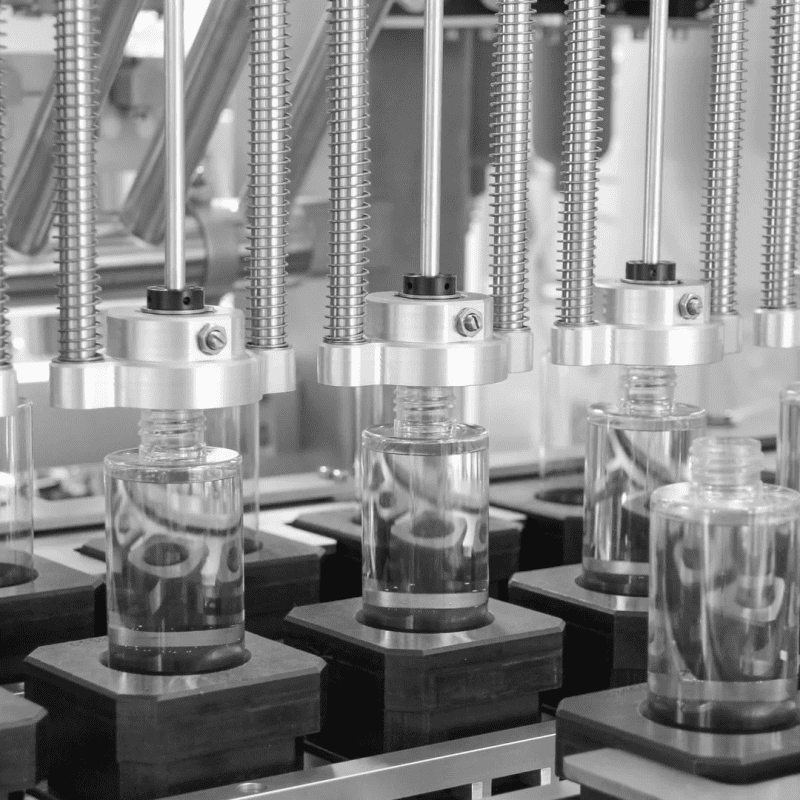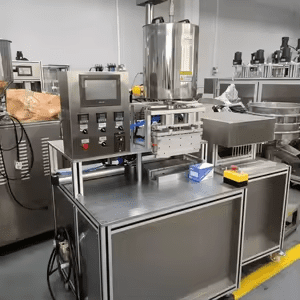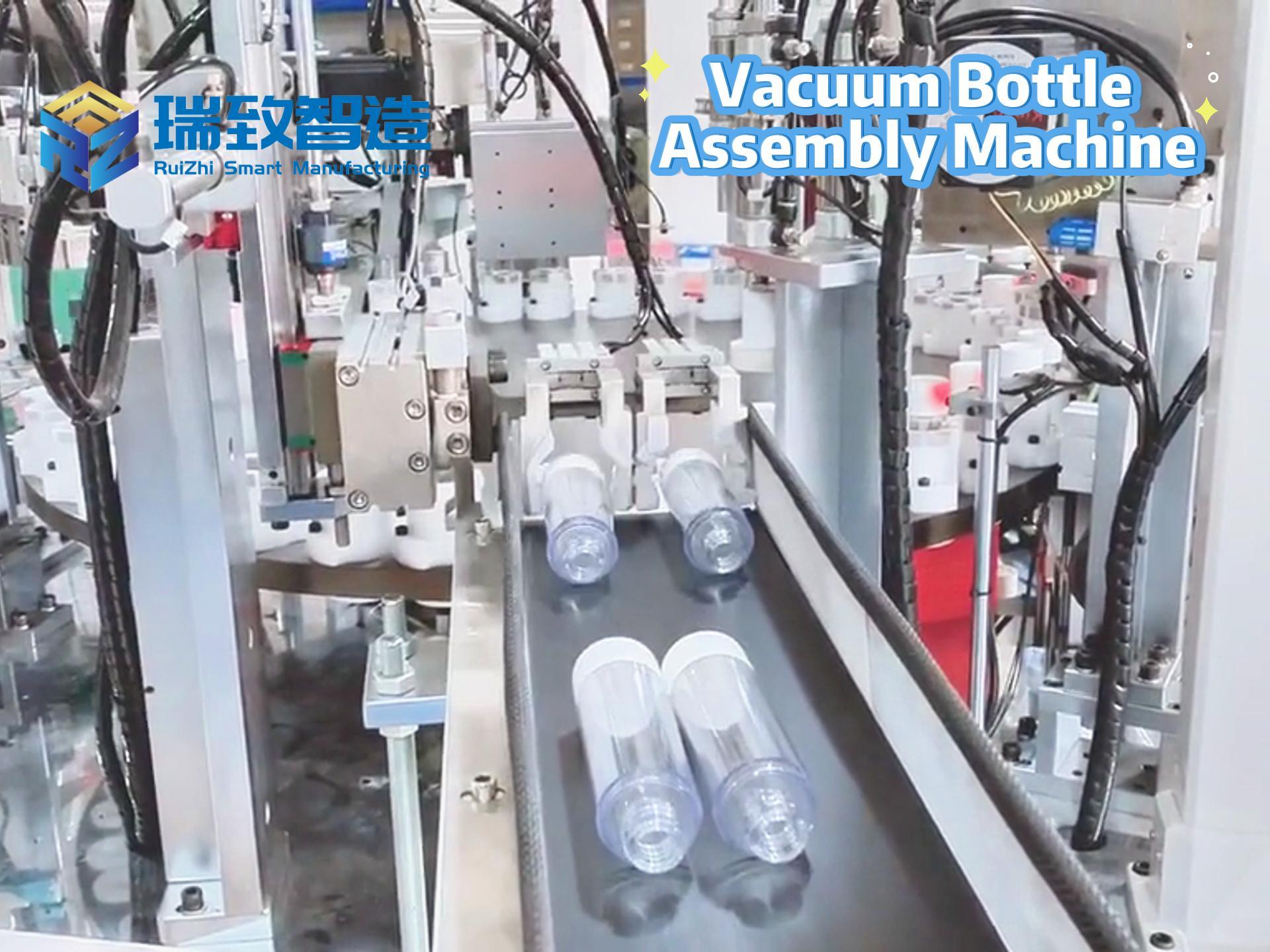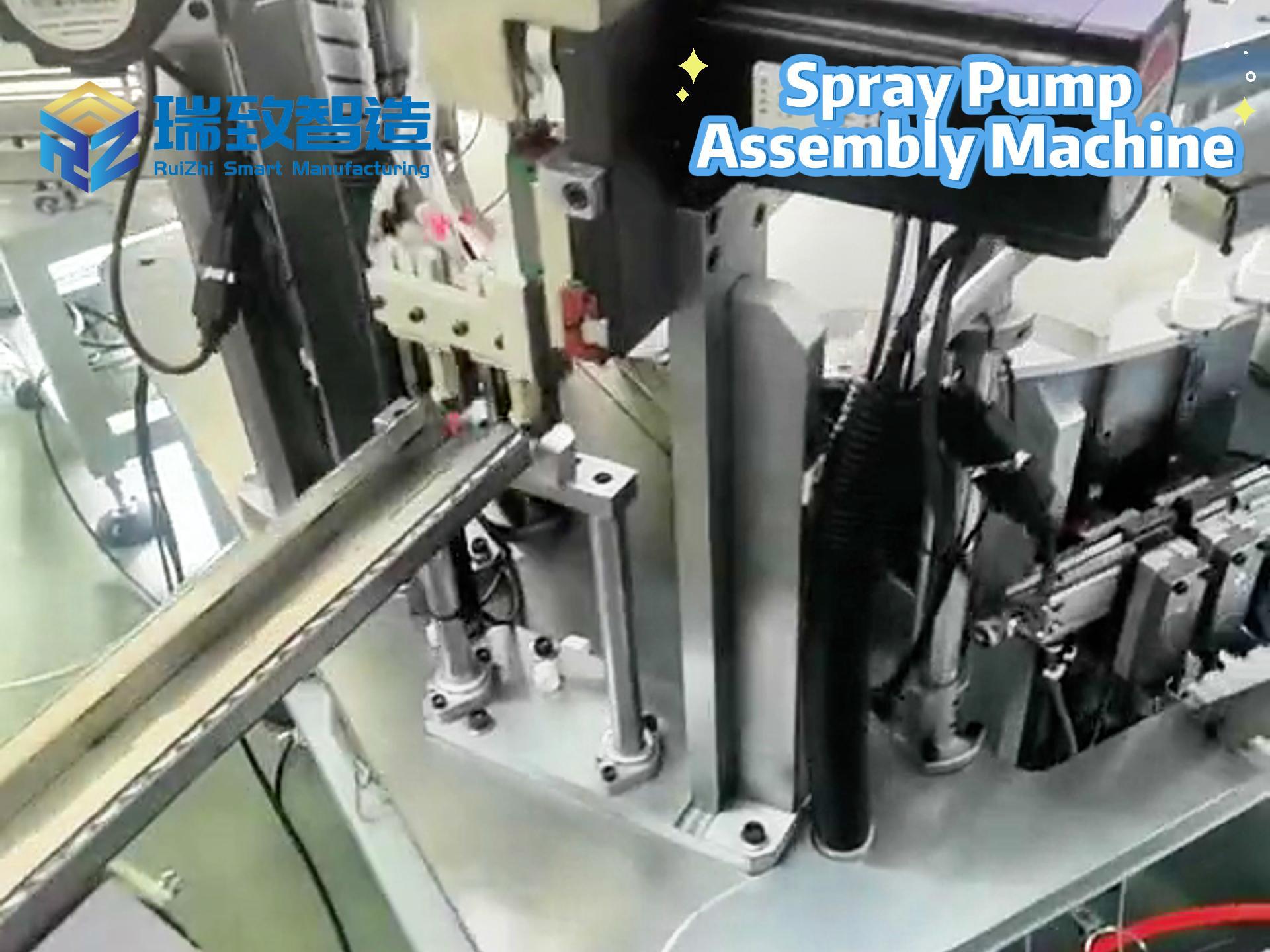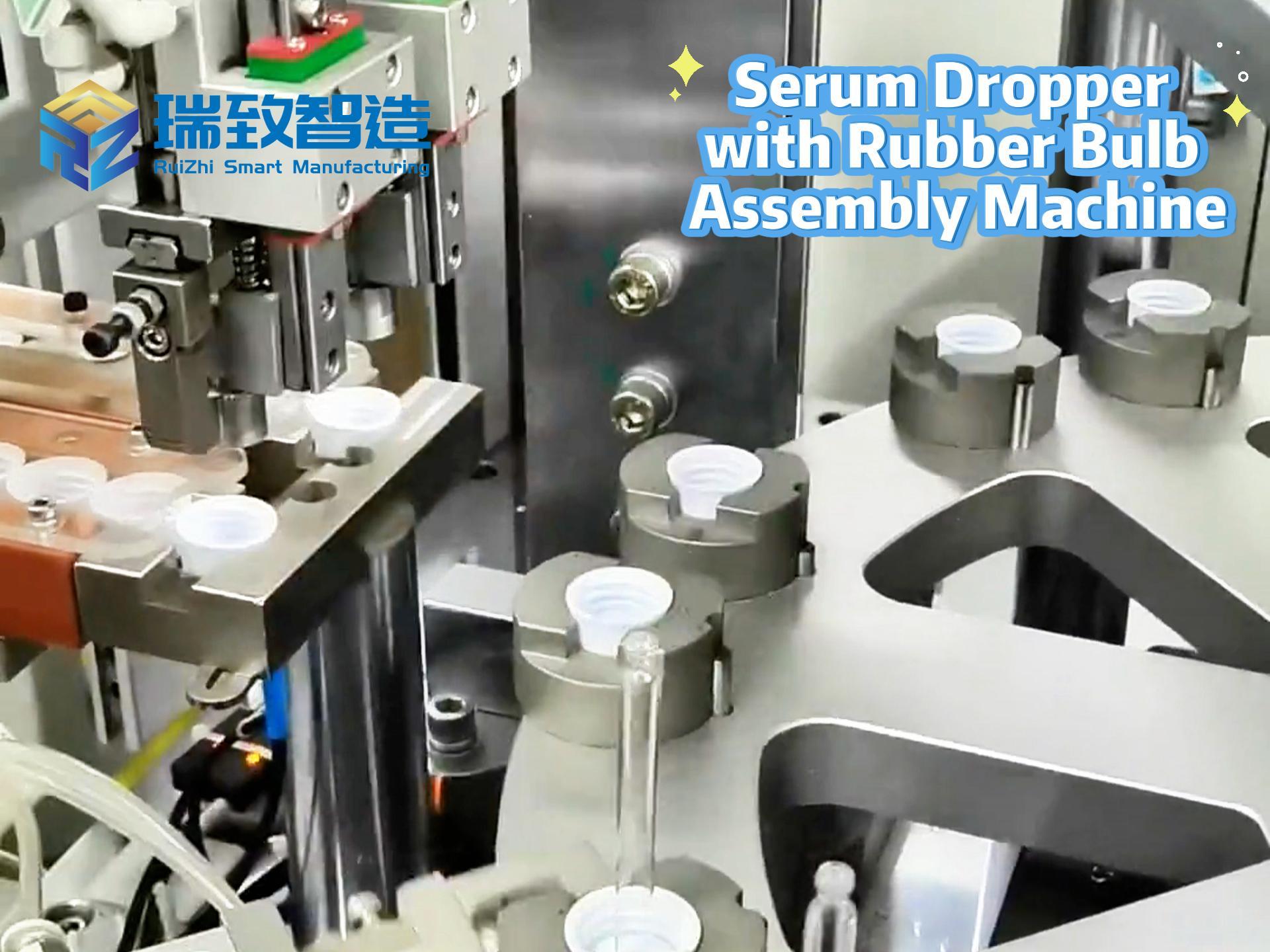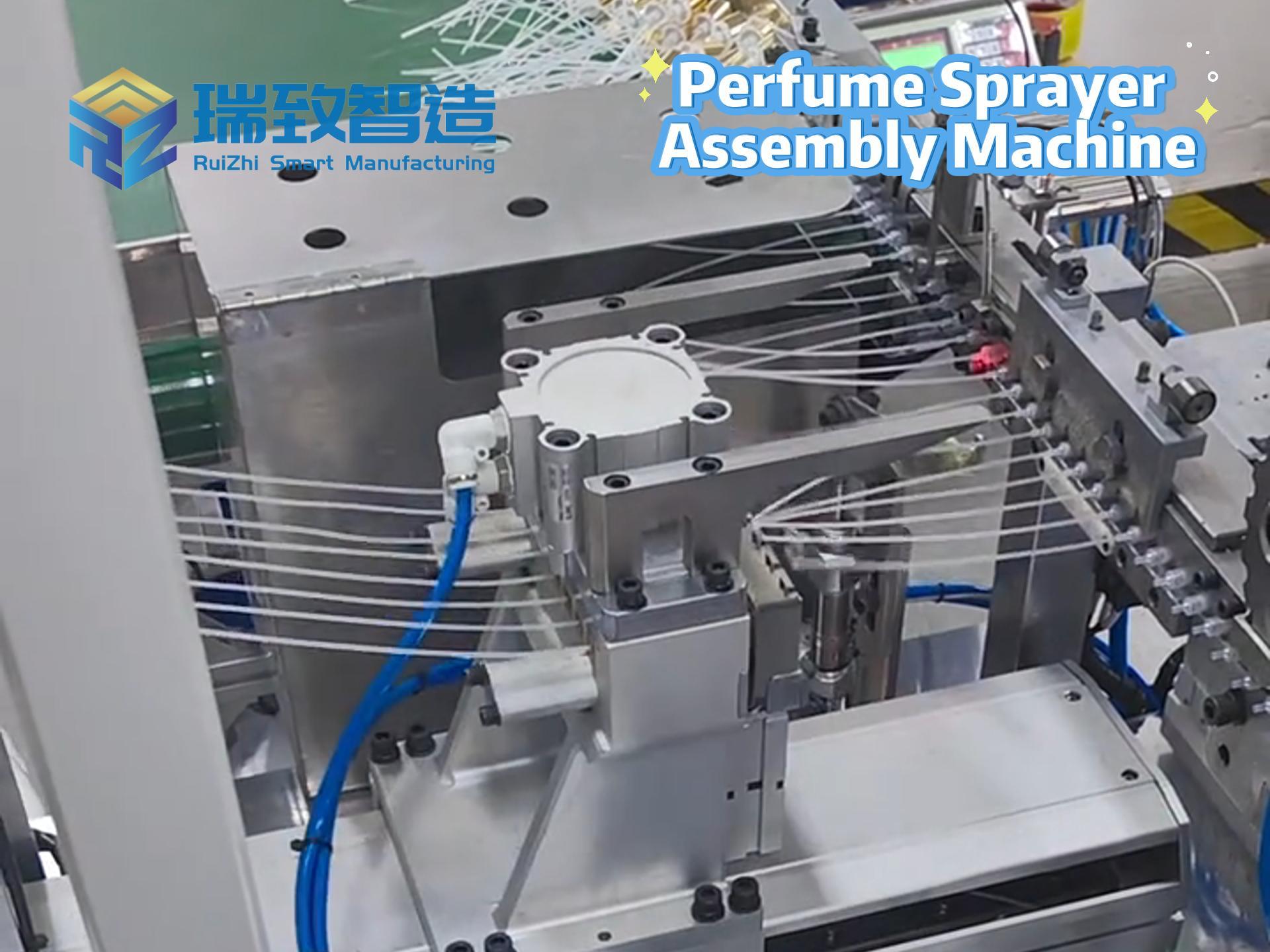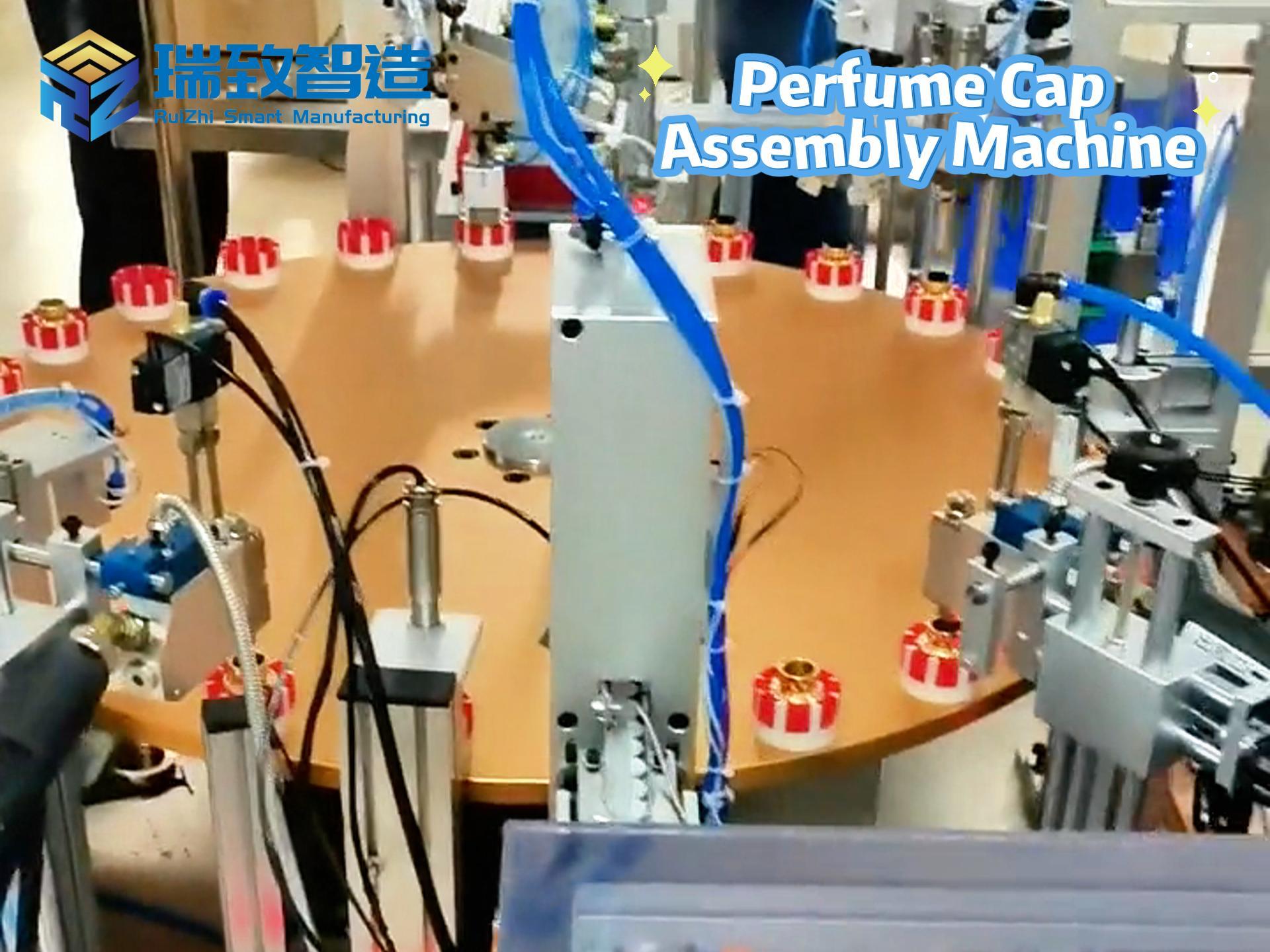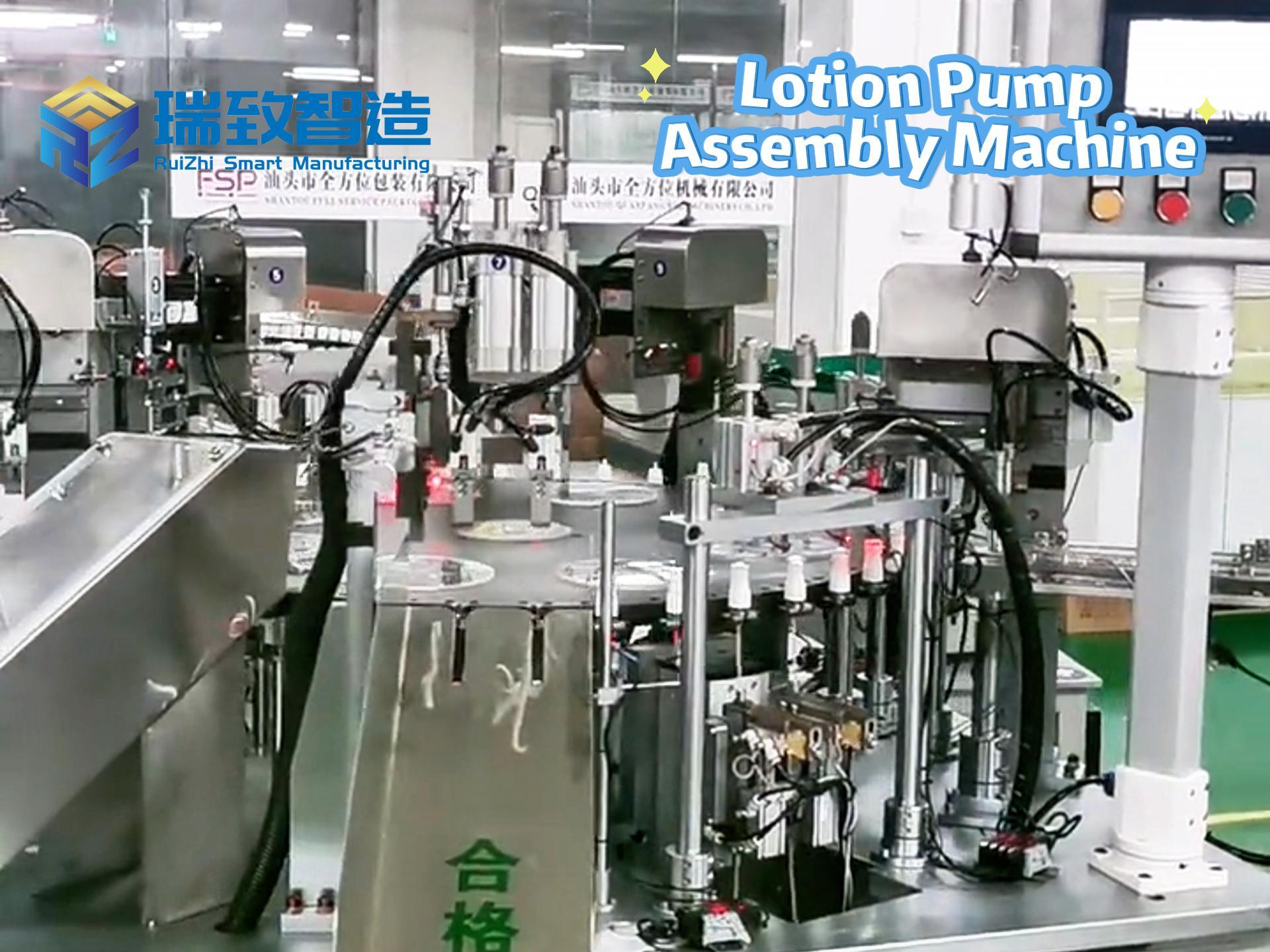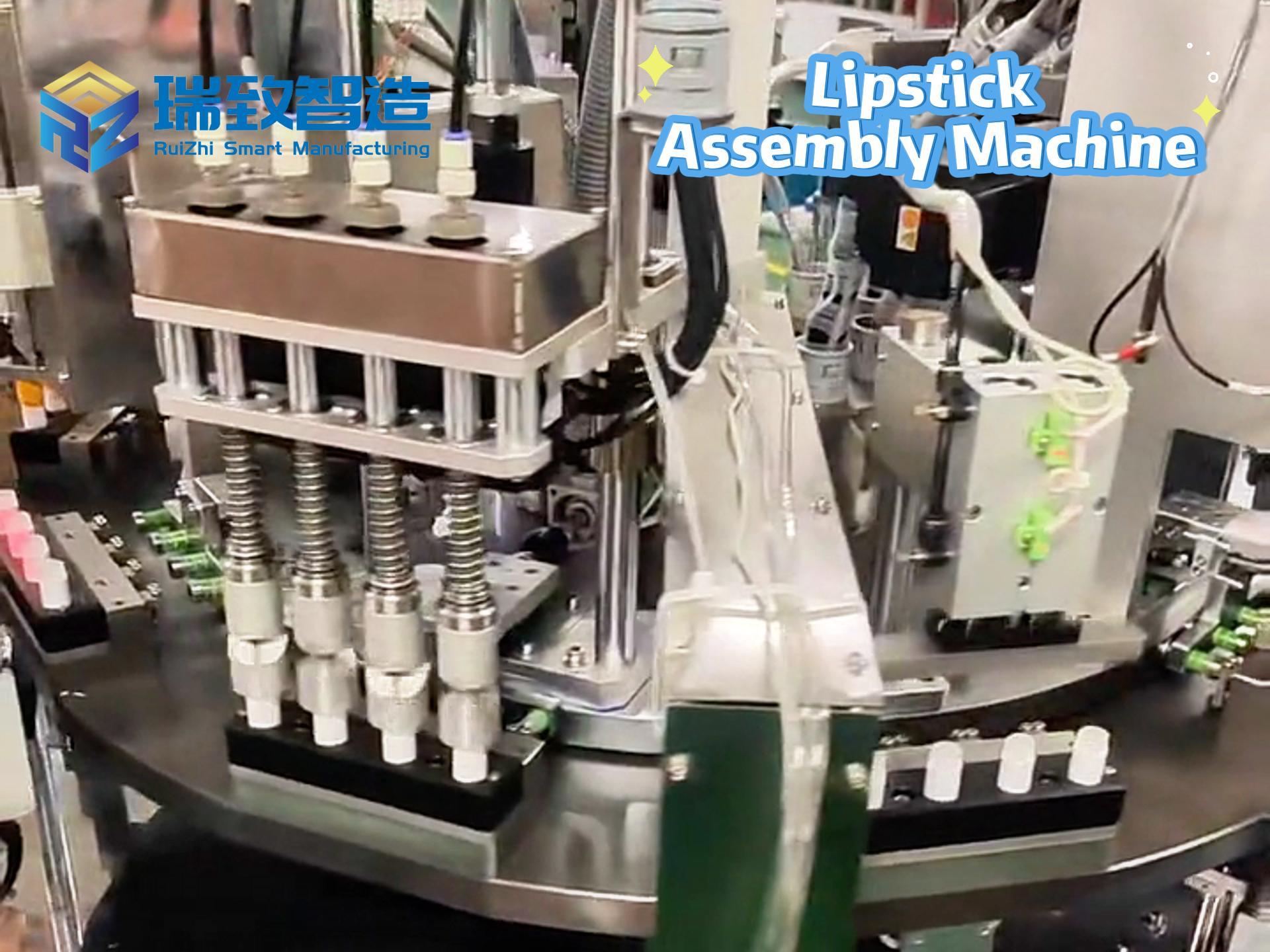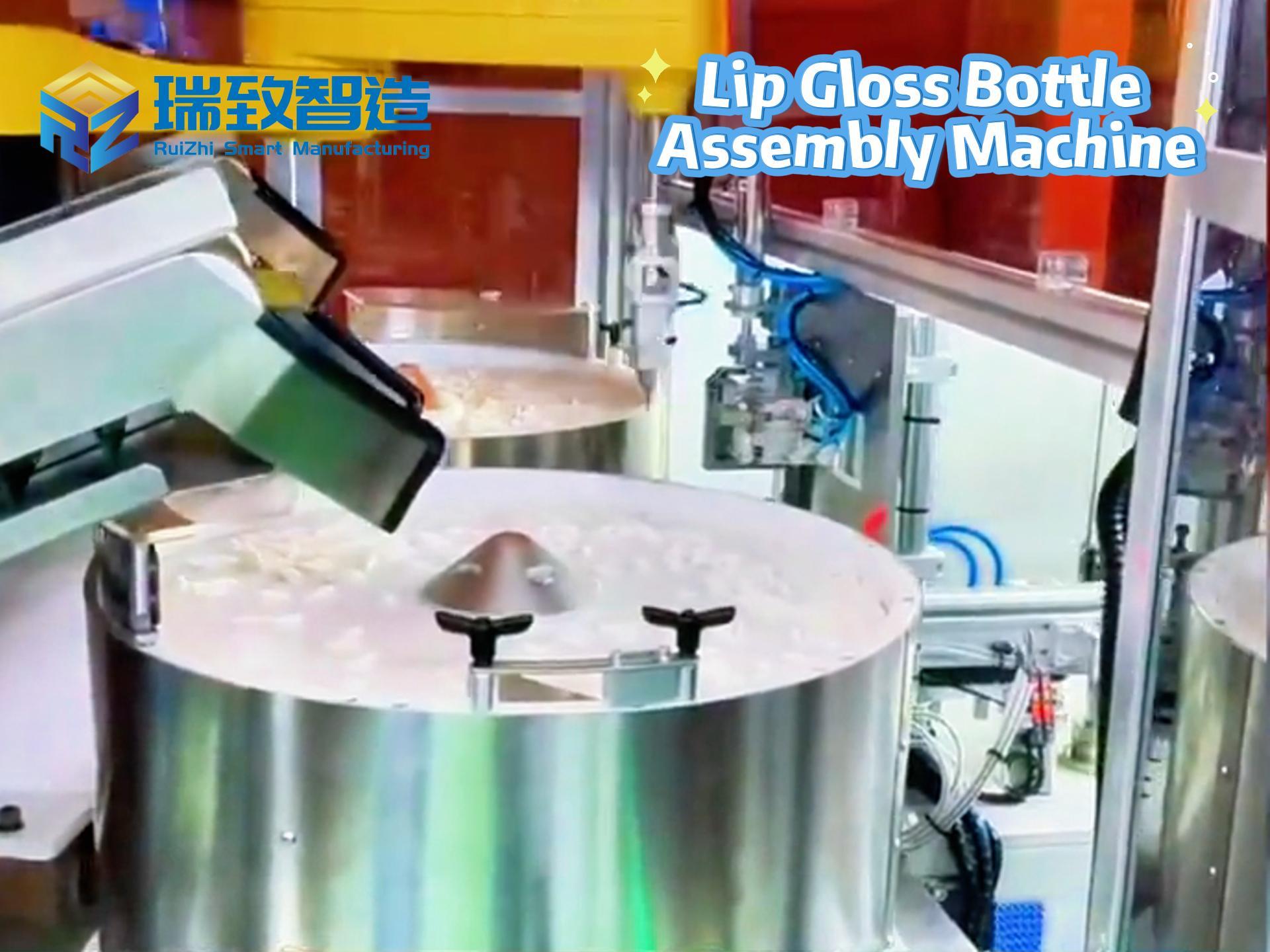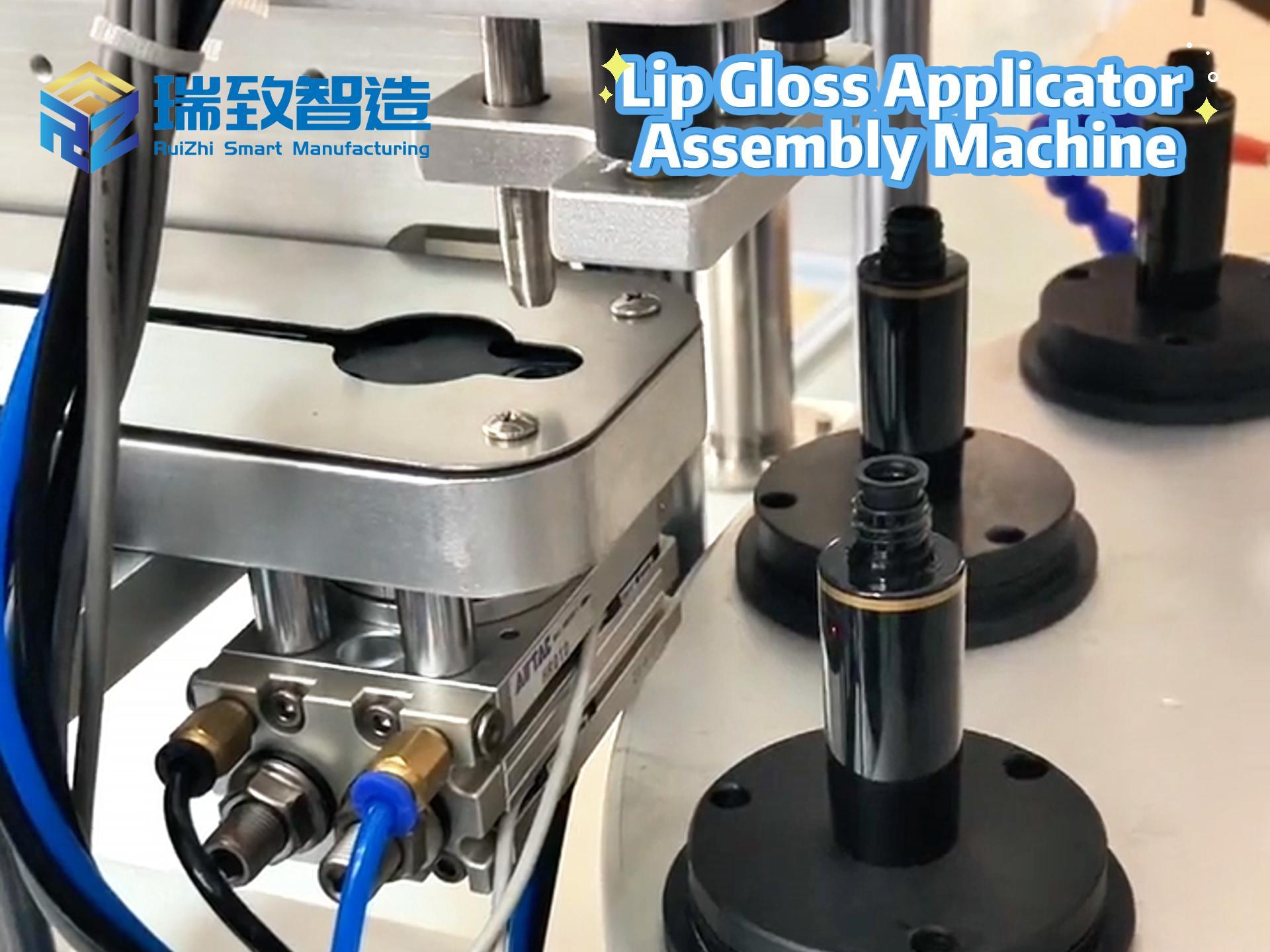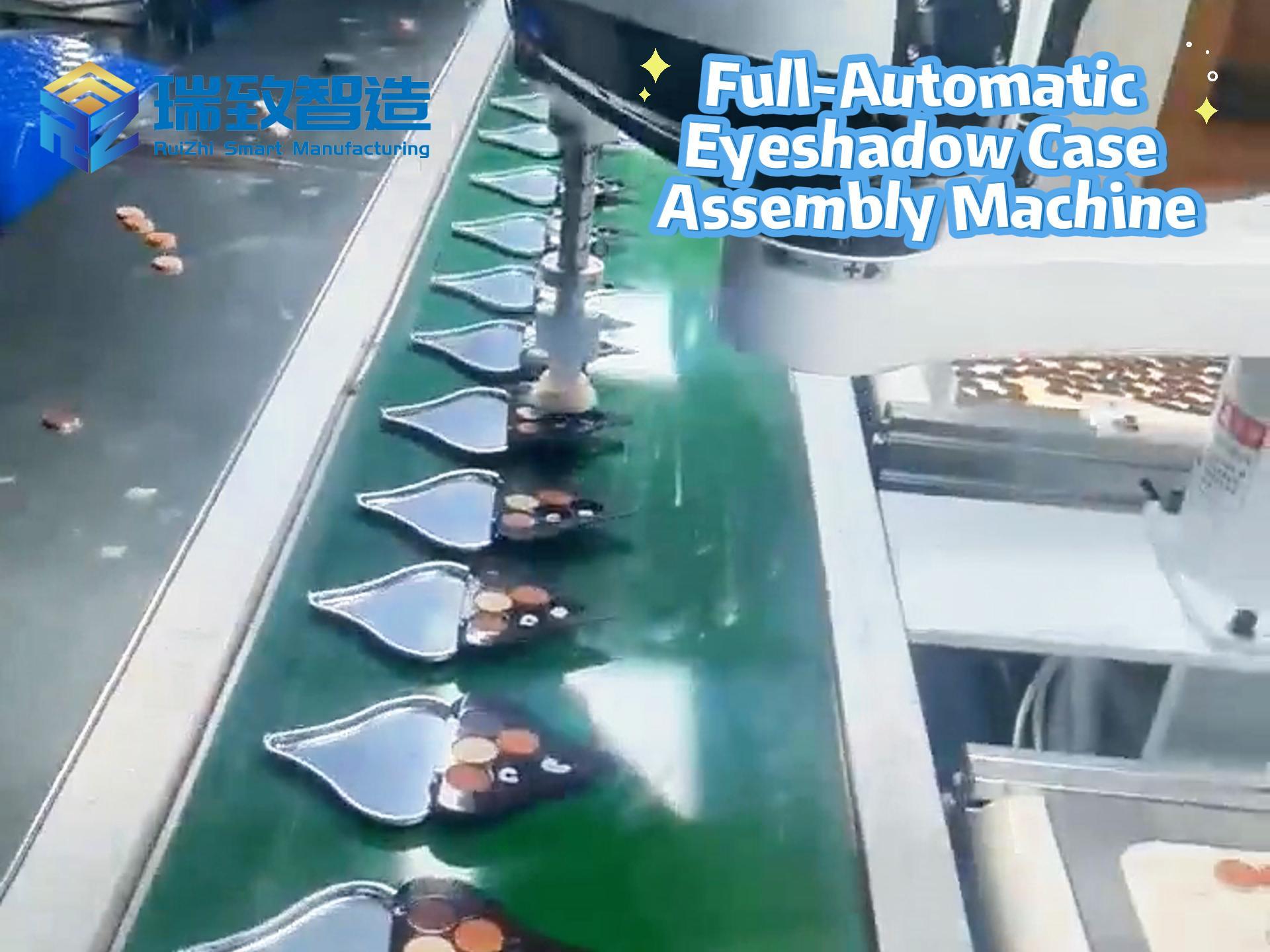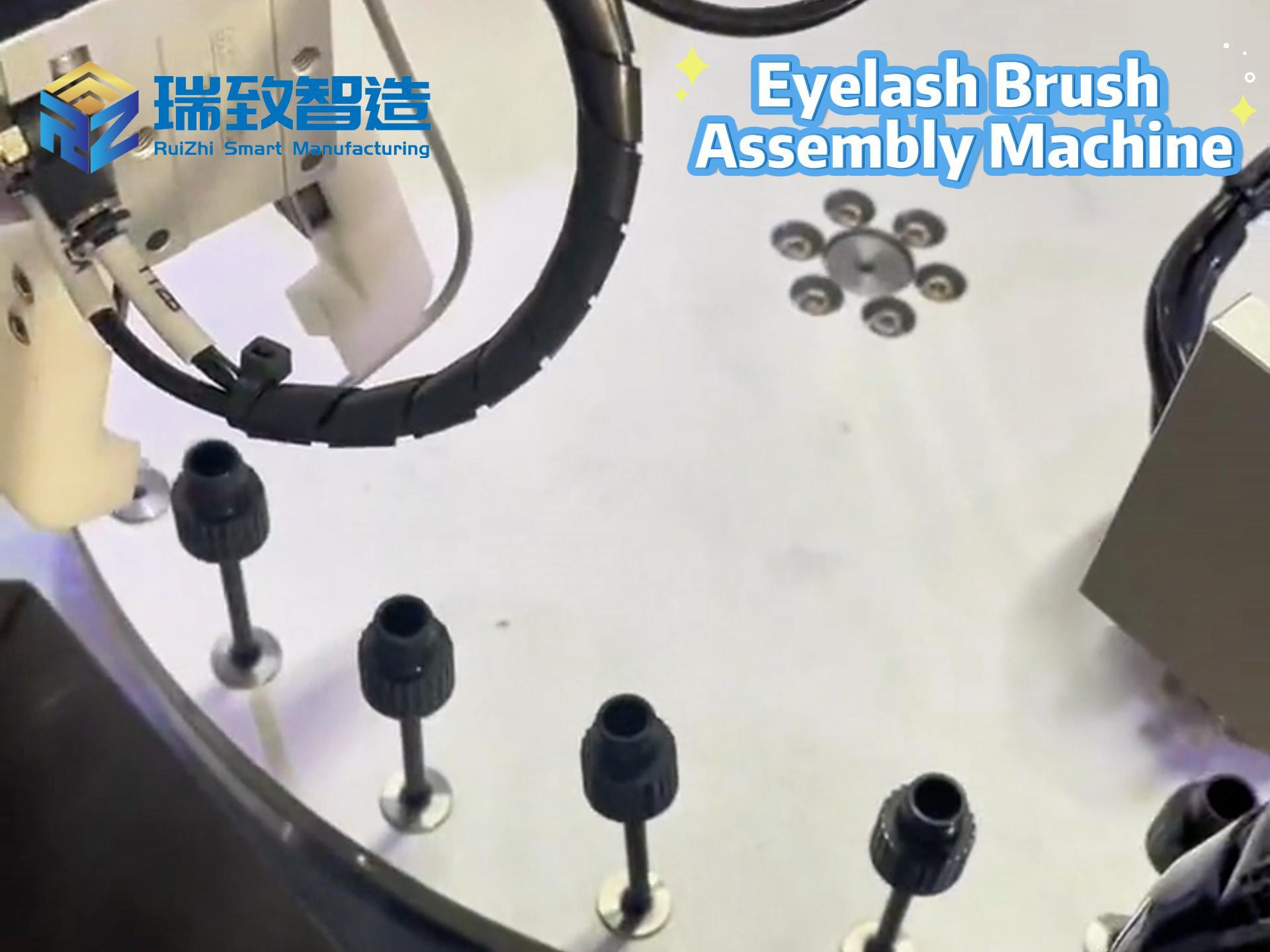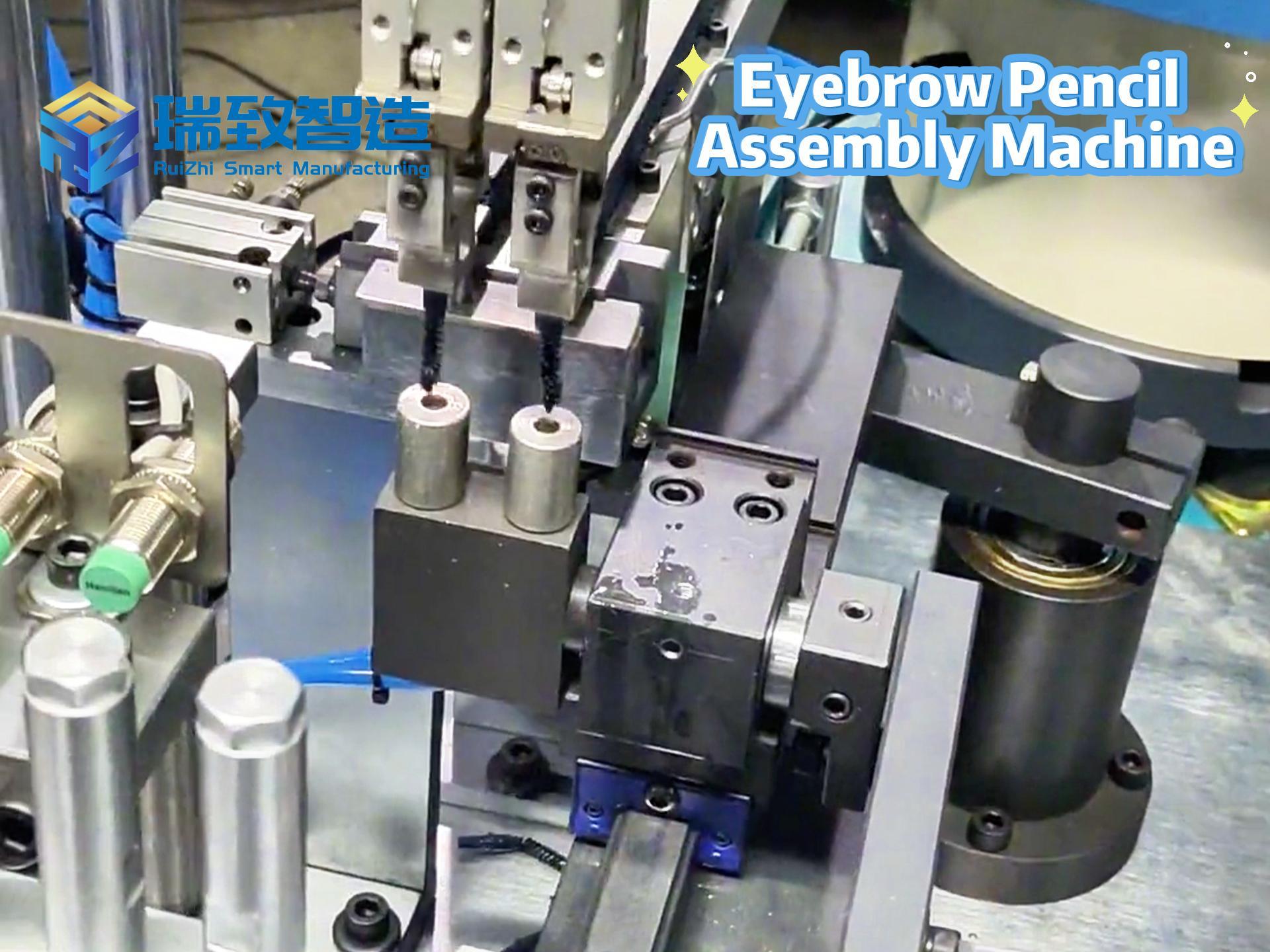Selection Guide for Non-Standard Automation Equipment: 5 Dimensions and 30 Evaluation Indicators for Clients

Įvadas: Netinkamos įrangos pasirinkimo kaina – pamokos nuo „800 tūkst. dolerių investicijos“ iki „dvejų metų neveiklumo“
A smart home enterprise in Zhejiang customized an “intelligent lock detection line”. Due to blindly choosing a low-cost supplier (ignoring core technical maturity), the equipment had issues such as “poor multi-model compatibility” (only adapting to 30% of products), “unstable detection accuracy” (15% missed detection rate), and “after-sales response exceeding 72 hours” after delivery. It was eventually forced out of use, with the 800K investment wasted. Selecting non-standard equipment is a multi-dimensional game of “technology + business + risk”. This article constructs 5 evaluation dimensions + 30 core indicators to help clients build a scientific selection framework.
I. Reikalavimų atitikimas: tikslus suderinimas nuo „teorinio“ iki „scenarijaus 落地“
▶ Pagrindinė logika: įranga yra „problemų sprendimo“ įrankis, o ne „technologijas demonstruojantis“ žaislas
Evaluation Dimension Core Indicators Evaluation Method Case Reference
Depth of Requirement Understanding 1. Whether requirement documents are quantified (e.g., “cycle ≤12s/piece”, “yield rate ≥98%”)
2. Accuracy of production line pain point positioning (e.g., identifying the bottleneck of “manual clamping accounting for 35% of man-hours”) Compare the supplier’s proposal with the on-site VSM value stream map, and check the indicator coverage rate (requiring ≥90% of core requirements to be addressed) A auto parts factory required “oil seal assembly yield rate ≥99%”, but a supplier’s proposal only mentioned “improving efficiency” and was directly eliminated
Process Adaptability 3. Whether it is compatible with multi-specification products (e.g., new energy equipment needs to support 166/182/210mm silicon wafers)
4. Environmental adaptability (cleanroom/ex 防爆 /low-temperature environment certification) Require the supplier to provide process parameter tables of same-scenario cases (e.g., actual measurement data of alignment accuracy for lithium battery pole piece laminators) Medical device projects must select suppliers certified by FDA cleanrooms to avoid later compliance rectification (cost +500K)
Flexible Expansion Capability 5. Number of reserved IO interfaces (≥20% redundancy, such as 20 inputs/15 outputs)
6. Degree of software modularity (whether it supports “one-click product model switching”) On-site demonstration of “model change testing”: record switching time (target ≤15 minutes) and parameter adjustment complexity (whether programming is required) 3C electronics projects select equipment supporting “3-second quick-change fixtures + HMI parameter import”, improving model change efficiency by 80%
II. Techninis brandumas: prasiskverbti pro „techninės koncepcijos“ miglą ir sutelkti dėmesį į „įgyvendinimo galimybes“
▶ Pagrindinė logika: technologija yra ne „naujesnė“, o „stabilesnė“
Evaluation Dimension Core Indicators Evaluation Method Pitfall Avoidance Points
Core Technology Verification 7. Whether core modules such as vision/force control/AI have mass production cases (requiring ≥10 same-type devices running for over 6 months)
8. Completeness of simulation reports (including mechanical/control simulation data, such as deformation ≤0.05mm) Obtain the supplier’s FAT test report and verify the compliance rate of key indicators (requiring ≥95%) Beware of “laboratory-level technologies”: a supplier used self-developed AI algorithms without actual production line verification, resulting in a missed detection rate exceeding 10%
Precision Stability 9. Repeat positioning accuracy (e.g., robotic arm ±0.02mm)
10. Long-term operation precision drift (1000 hours ≤±0.01mm) Require third-party inspection reports (such as China Metrology Institute certification) or on-site measurement of 300 times to take the average New energy projects must test “pole piece lamination alignment accuracy”. A device 标称 ±0.02mm, but actual measurement was ±0.04mm, causing a sharp drop in yield rate
Control Algorithm Maturity 11. Fault handling mechanism (e.g., over-travel emergency stop response time ≤50ms)
12. Self-diagnosis function (fault code coverage rate ≥90%) Simulate extreme working conditions (such as 20% material tolerance) and observe whether the equipment triggers protection and generates effective alarm codes A non-standard bending machine had no “synchronous belt slack” warning, leading to batch product scrapping and losses exceeding 200K
III. Tiekėjo stiprybė: „Įrangos pasirinkimas“ reiškia „Partnerio pasirinkimas“, vengiant „nepaisymo po pristatymo“.
▶ Pagrindinė logika: tiekėjo „praeitis“ lemia jūsų „ateitį“
Evaluation Dimension Core Indicators Evaluation Method Key Data
Industry Expertise 13. Years of industry experience (recommended ≥5 years, ≥8 years for high-barrier fields like new energy/medical)
14. Number of same-type cases (recommended ≥30, with over 30% from leading clients) Field visit to the factory and review of the client list (e.g., Apple/Huawei cases in the 3C field, CATL cooperation in new energy) A supplier established for 2 years undertook a medical device project. Due to unfamiliarity with GMP specifications, the equipment was rectified 3 times, causing a 6-month delay
Supply Chain Management 15. Number of key component suppliers (recommended ≥2 alternative suppliers for key components, such as simultaneously certified Panasonic/Siemens servo motors)
16. Material readiness rate (requiring ≥90%, which can be inferred from past project delivery cycles) Require the supply chain risk assessment report, focusing on the procurement cycle of customized parts (recommended ≤45 days) A project was delayed by 30 days due to a customized sensor procurement cycle exceeding 60 days, and the supplier had no alternative plan, resulting in heavy losses
After-Sales Response Speed 17. 400 hotline connection rate (non-working hours ≤10-minute response)
18. Spare parts delivery cycle (vulnerable parts ≤3 days, customized parts ≤15 days) Call the supplier’s after-sales phone for testing or contact its old clients for real feedback (e.g., average on-site arrival time of 48 hours for an enterprise) 3C electronics enterprises must select suppliers with “4-hour on-site + 7×24-hour remote support” to avoid production line shutdown losses
IV. Sąnaudų ir efektyvumo santykis: apskaičiuokite „visą gyvavimo ciklą“, atmeskite „mažų kainų spąstus“.
▶ Pagrindinė logika: „Įrangos pirkimas“ yra pradžia, o „įrangos naudojimas“ – pagrindinis išlaidų mūšio laukas.
Evaluation Dimension Core Indicators Evaluation Method Formula Tools
Budget Matching 19. Quotation transparency (itemized listing of material/R&D/debugging costs, error ≤10%)
20. Reasonableness of payment nodes (recommended to pay ≤60% after prototype acceptance, avoid prepayment exceeding 30%) Require a cost breakdown sheet and compare with the average price of same-specification equipment (e.g., reasonable range for non-standard testing machines is 500-800K, beware of “loss-making quotations” below 400K) Use the “equipment investment payback period formula”: Payback period = total equipment price / (annual labor savings + annual production capacity gain), recommended ≤1.5 years
Full Life Cycle Cost 21. Energy consumption indicators (e.g., power consumption per hour ≤15kW・h)
22. Maintenance costs (annual spare parts expenses ≤5% of equipment total price) Obtain the operation report of similar equipment and calculate OEE overall efficiency (recommended ≥80%, each 10% lower causes annual losses exceeding 100K) A hardware factory’s equipment energy consumption exceeded industry peers by 30%, resulting in an annual additional electricity cost of 80K, and over 400K more spent in 5 years, far exceeding initial low-price advantages
ROI Measurability 23. Production capacity improvement commitment (e.g., from 50 pieces/hour to 120 pieces/hour, requiring attached calculation basis)
24. Yield rate improvement guarantee (e.g., from 85% to 98%, requiring provision of same-scenario data) Require signing an 《Indicator Compliance Agreement》 to clarify compensation clauses for non-compliance (e.g., deduct 1% of the contract amount for each 1% lower yield rate) A auto project deducted 15% of the balance as per the agreement due to the equipment failing to meet production capacity commitments, avoiding risks of “data overstatement”
V. Rizikos kontrolė: numatyti „juodąsias gulbes“, sukurti „apsauginius vožtuvus“
▶ Pagrindinė logika: nestandartinių projektų „neapibrėžtumai“ turi būti užfiksuoti „sistemų“
Evaluation Dimension Core Indicators Evaluation Method Risk Control Tools
Requirement Change Management 25. Whether a 《Change Agreement》 is signed (clearly defining change response time ≤48 hours and cost-sharing ratio)
26. Historical project change rate (recommended ≤10%, which can be calculated from the supplier’s past project documents) Review the supplier’s change management process and require the provision of 《Requirement Change Record Sheets》 from past projects Adopt a “requirement freeze period” mechanism: freeze requirements within 45 days after plan confirmation, and changes require senior management approval from the client to reduce later rework risks
Project Management Capability 27. Whether a PMP-certified project manager is assigned
28. Milestone node completion rate (recommended ≥90%, view past project Gantt charts) Require the project plan and verify whether key nodes (scheme/prototype/delivery) reserve 20% buffer time A project had 失控 in the supply chain/debugging links due to the absence of a professional project manager, causing a 3-month delay. Risks could have been 预判 in advance through node buffering
Compliance Guarantee 29. Completeness of industry certifications (e.g., ISO 13485 for medical devices, HACCP for food)
30. Data security commitment (local storage of equipment data or cloud transmission through ISO 27001 certification) Inspect original compliance certificates and verify their authenticity through official channels (e.g., query cleanroom certification numbers on the FDA website) Equipment exported to the EU must select CE-certified suppliers. An enterprise suffered 500K losses due to ignoring EMC electromagnetic compatibility certification, leading to customs detention
VI. Kliento valdymas: 3 mokslinio atrankos proceso kūrimo žingsniai
1. Sukurkite kiekybinio vertinimo „atrankos vertinimo formą“
Įvertinkite kiekvieną iš 30 rodiklių 5 aspektuose nuo 1 iki 5 (pvz., „patirtis pramonės srityje ≥8 metai“ gauna 5 taškus, <3 metai – 1 tašką), o bendras balas ≥120 patenka į kitą etapą;
Nustatyti „vieno balso veto teisę“ pagrindiniams rodikliams (pvz., nėra masinės pagrindinių technologijų gamybos atvejų arba trūksta atitikties sertifikatų, tiesioginis pašalinimas).
2. „Trijų būtinų aplankyti vietų“ apžiūra vietoje
See the factory: Observe production processes (e.g., whether the prototype debugging area is standardized and whether quality inspection equipment is complete);
Reikalauti apžiūrėti naudojamą tokio paties tipo įrangą ir registruoti faktinius veikimo duomenis (pvz., ličio baterijų laminavimo greitį ir išeigos rodiklį);
Bendraukite su technikos lyderiais, kad įvertintumėte jų išsamų pramonės problemų supratimą (pvz., 能否 paaiškinkite „išlenktų paviršių sujungimo burbulų“ priežastį 3C elektronikoje).
3. Pasirašykite „Rizikos pasidalijimo“ sutartį
Clarify “indicator breach clauses”(e.g., deduct 10% of the balance for unmet cycle requirements, deduct 0.1% of the contract amount daily for delayed delivery);
Agree on “intellectual property ownership”(e.g., algorithm models customized by the client belong to the client to avoid being kidnapped by suppliers during later upgrades).
Išvada: atranka nėra „klausimas su keliais atsakymų variantais“, o „skaičiavimo uždavinys“
Nestandartinės įrangos parinkimo esmė – rasti optimalų sprendimą tarp „techninių galimybių, tiekėjo patikimumo, ekonomiškumo ir rizikos kontrolės“. Kai nauja energetikos įmonė, remdamasi minėtais rodikliais, eliminavo „pigios kainos, bet be ličio baterijų korpusų“ tiekėją ir pasirinko „brangesnį, bet su CATL patirtimi 20%“ partnerį, įrangos pristatymo ciklas sutrumpėjo 30%, pelningumo rodiklis 2% viršijo lūkesčius, o galutinė investicijų grąža siekė 2,5 karto – tai patvirtina, kad mokslinė atranka yra ne pinigų taupymas, o investavimas; ne rizikos vengimas, o jos valdymas.
(Kita apžvalga: „Nauja žmogaus ir mašinos bendradarbiavimo paradigma nestandartinėje automatizavimo įrangoje: efektyvumo revoliucija nuo „mašinų pakeitimo“ iki „žmogaus ir mašinos bendradarbiavimo“, kurioje analizuojama, kaip jėgos valdymo technologijos, saugos jutikliai ir dirbtinio intelekto algoritmai užtikrina efektyvų žmonių ir įrangos bendradarbiavimą, siekiant išspręsti „automatizavimo salų“ problemą.)


